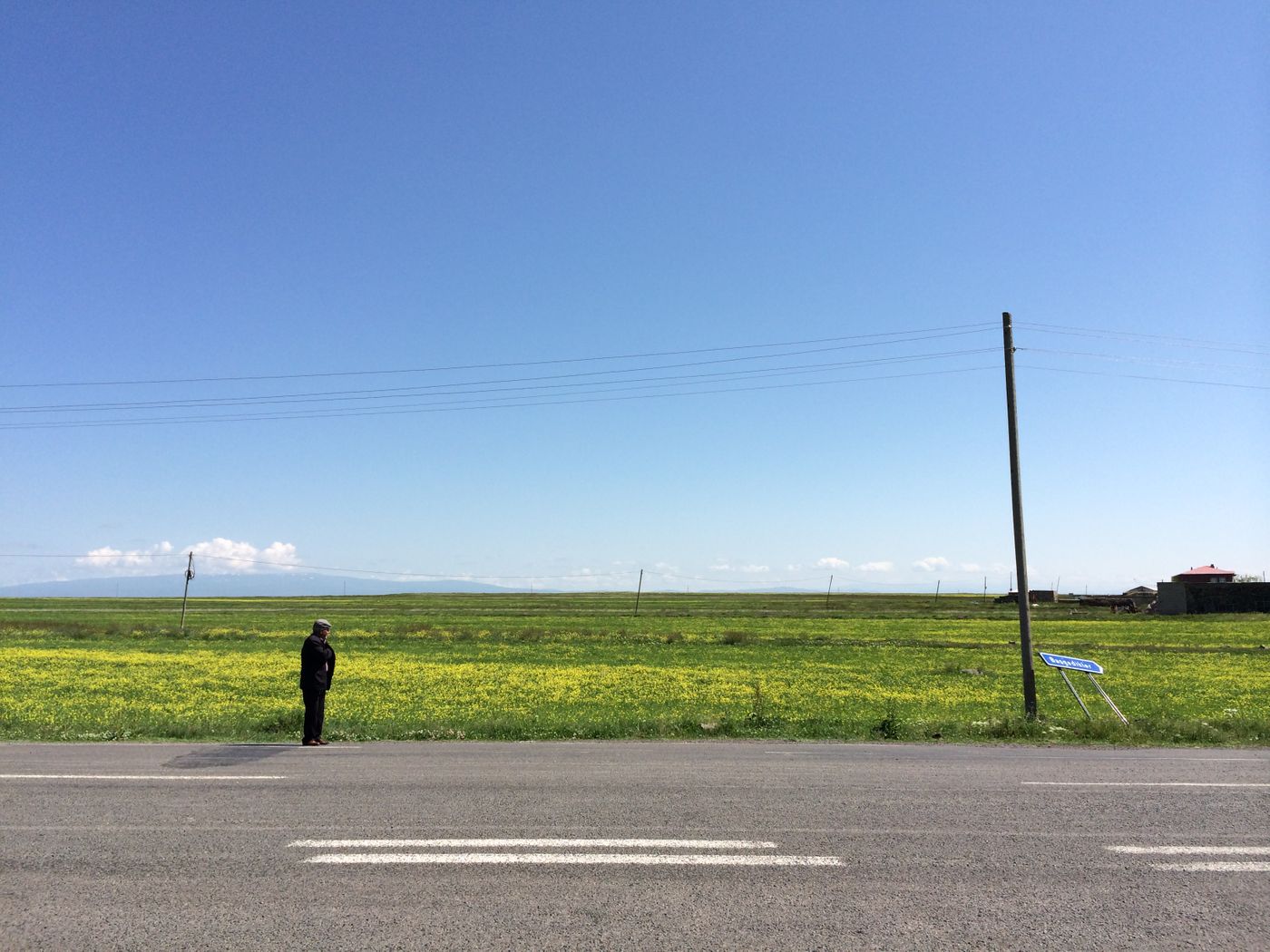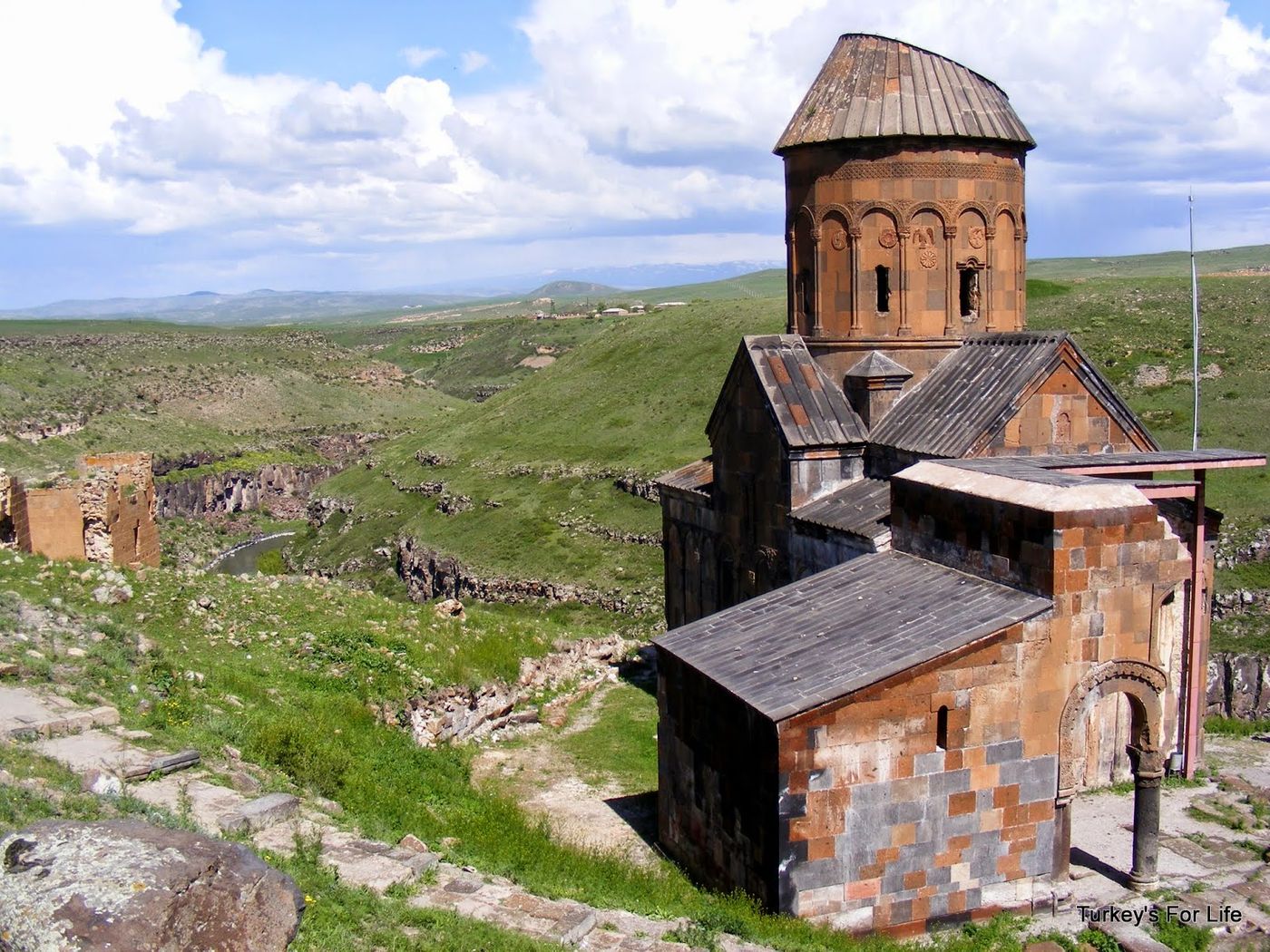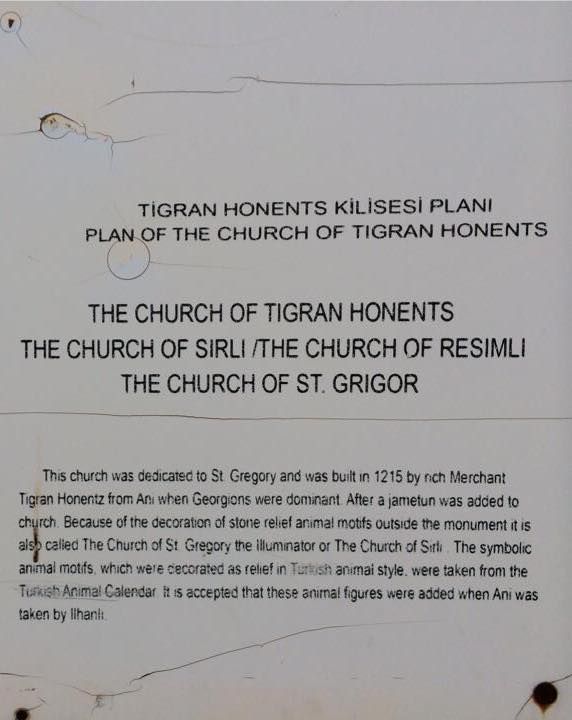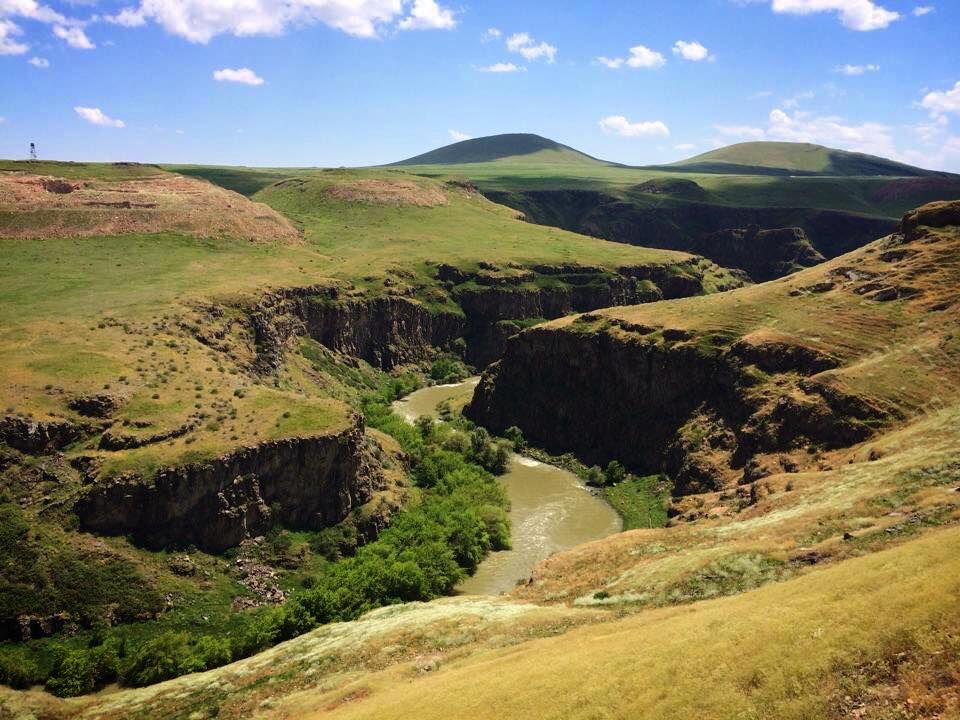Ani Ruins and Imperial Ghosts: A Little Footnote to the Armenia-Azerbaijan Dispute
Armenia and Azerbaijan recently went to war.
Some reports mentioned that Azerbaijan is so confident because it has the support of Turkey.
In terms of the broader regional geopolitics behind it, Turkey's position in the Caucasus in modern times is indeed very clear: Turks and Azerbaijanis are both "relatives" of the Turkic language family, and their relationship has always been quite close.
As for the relationship between Turkey and Armenia, in modern times there are genocide and border issues left over from the Ottoman Empire, which has led to a very hostile relationship between Turkey and Armenia, and the border between the two countries is still closed to this day.
Talking about the alliance between Turkey and Azerbaijan, and the hatred between the Turks and Armenians, the ruins of Ani, which are located in Turkey today, on the border, are a very suitable footnote.
Hitchhiking from Kars five years ago, the imperial legacy and awkwardness there is fascinating.
(As an aside: Kars is my favorite Turkish city, a miniature slice to understand how Turkey is stuck between the West, the Islamic world and the former Soviet Union in modern times; the novel Snow by Orhan Pamuk, is With Kars as the scene, highly recommended!)


However, it was not easy to hitch a ride from Kars to Ani, it was just 45 kilometers and took us two and a half hours. By Turkish standards of super easy hitchhiking, the record is not much better than a total failure. Most of the time, we are in a daze against the transparent heat wave churning on the asphalt road. There are more cows than people and more push-pull machines than cars.
It's so difficult because Ani is on the border between Turkey and Armenia, and the Tuya border is closed. So this road, until the Tuya border is reopened, is a dead end of "this road doesn't work".
Archaeology can sometimes be a very political thing. The traces left by human history are stacked, how to decide which should be excavated and which should be restored?
It was once ruled by Armenians, Georgians, Byzantines, Turks (they probably didn't know how to call themselves and distinguish themselves from each other back then), and the ornately decorated and magnificent buildings were once in churches, mosques, etc. It has been turned back and forth between uses, and today it has become a ruin again.
Before nation-states were widely imagined (or rather: printed), imperial peoples were always mixed. So those modern nation-states that inherit empires inevitably have to argue over the question: How is the imaginary succession of empires possible? Whose empire are they?
In order to reinforce the impression that "Ani is a Turkish site", the Turkish government has constantly emphasized on the explanatory board that the architectural vocabulary of the site reflects a lot of "Turkish culture" related to Turkish myths or customs, and it is not afraid of tourists' speculation about the political correctness between the lines. Of course, this statement angered many tourists who came to visit, and many of the words "Turkey" on the commentary boards were destroyed and scraped off with sharp tools.

But why does this statement make Armenians so angry?
For example, the Turkish government’s statement on the comment board at the Ani site is probably a bit like the Taiwanese government suddenly said on the Amis architectural site one day, “So-and-so totem embodies Chinese culture...”
Or the Chinese government said one day at the Goguryeo ruins in Jilin province, "These architectural styles reflect the cultural elements of the Chinese people."
I think Amis or Korean/Korean people would be jumping with rage.
In short, at that time, in the midst of all kinds of narration cards, embarrassed and reluctant to explain, leaning on the winding river valley, wandering on the plateau with those insurmountable imperial ghosts, while taking pictures in jaw-dropping, I imagined that maybe One day there will be another empire that will summon another manifestation of historical truth.

However, the question of whether the Ani site was influenced by "Turkish culture" is indeed not indisputable, because culture is neither exclusive to anyone nor can it be cut cleanly. In fact, human culture is the result of the interaction and intertwining of countless factors.
From another angle, in human history, the borders of empires have always been highly floating, and the people are usually mixed; today we feel that "national borders are stable and unchanged" and that "nation and country are inseparable" are natural concepts. In fact, it is a relatively recent phenomenon in human history.
Recently, "Duan Media" will also publish an article about the enclave (in fact, the text version of the end of July ), which will also mention the site of Ani.
In the end, my concern for the enclave is similar—whether it's the Ani site or the enclave, they all point to the same question to me: what is a country? How do we imagine countries? Where does the drive that connects countries, geographic spaces, and cultural symbols come from?
Like my work? Don't forget to support and clap, let me know that you are with me on the road of creation. Keep this enthusiasm together!
